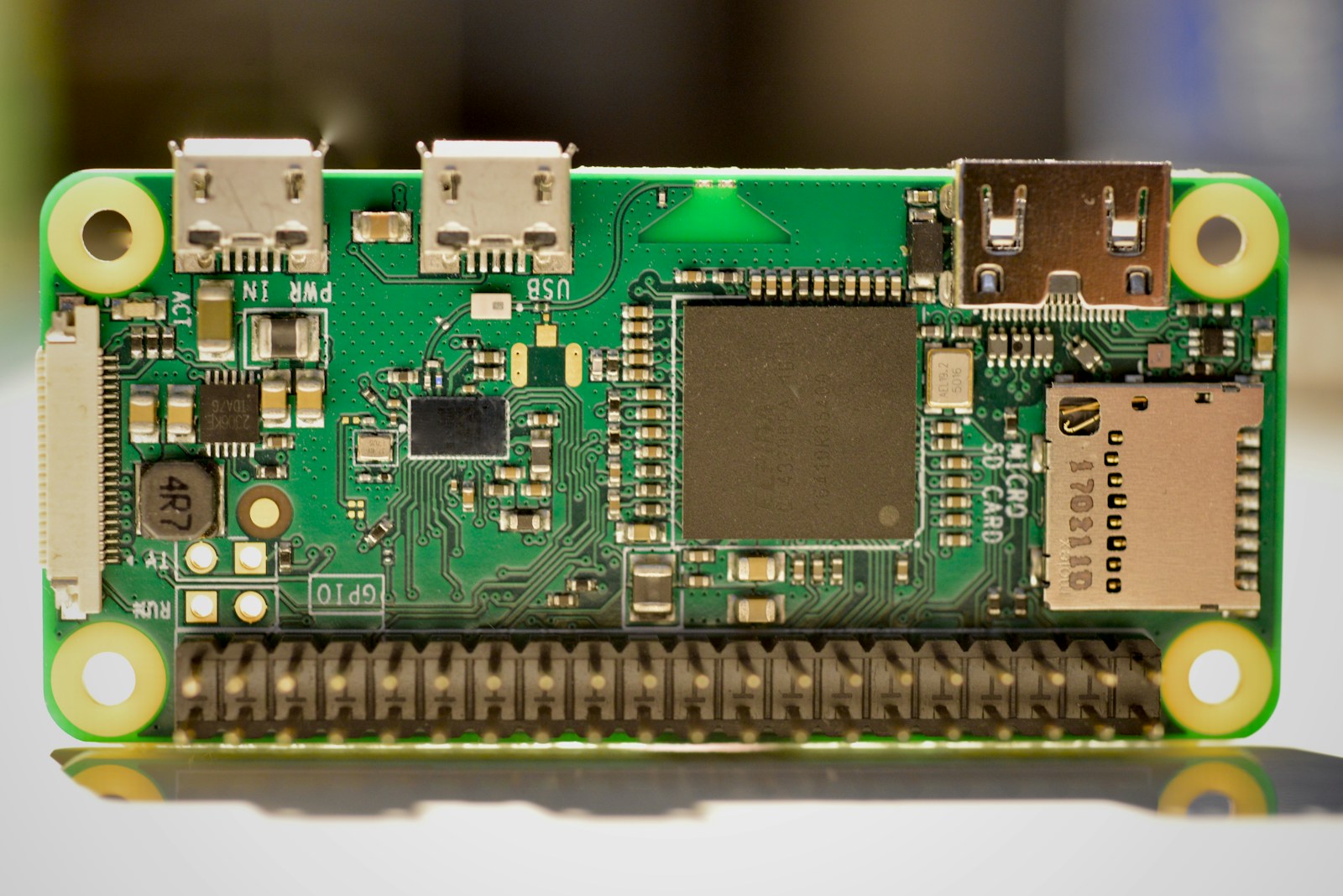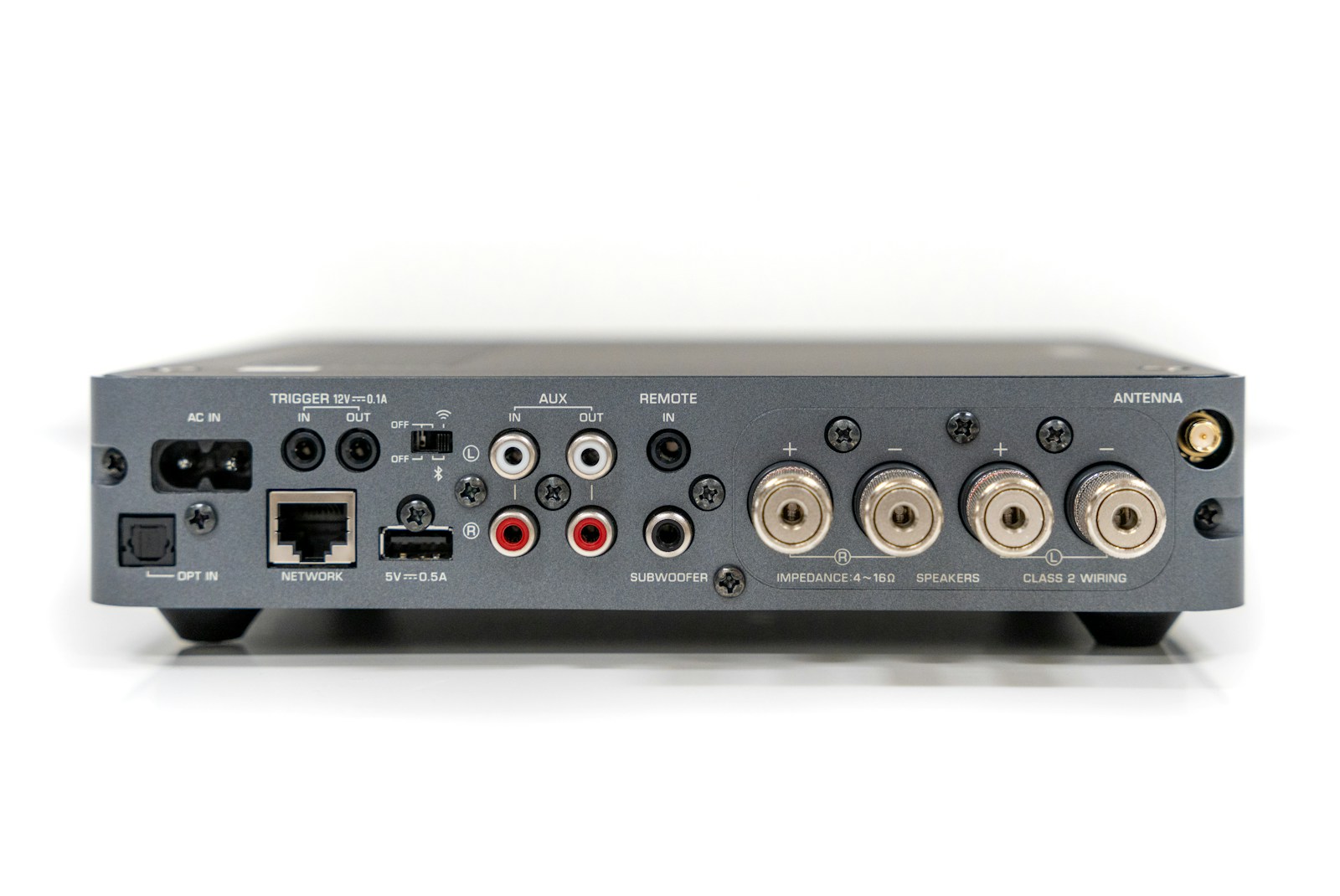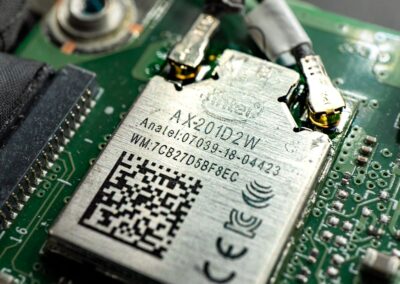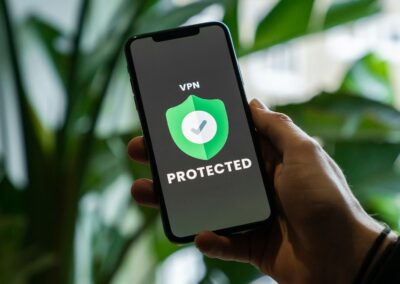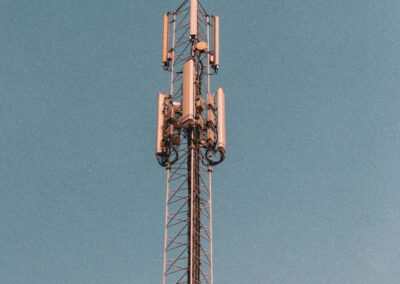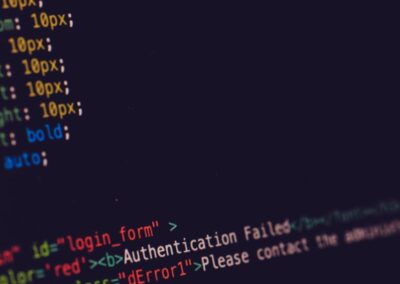Securing IoT Networks: The Importance of Isolation
Understanding the Need for Isolating Critical IoT Devices
Isolating Critical IoT devices from less secure network segments is a vital strategy for enhancing overall cybersecurity. By creating distinct network zones, organizations can limit the potential attack surface, reducing the risk of cyber threats spreading across the entire network. This approach is especially crucial for enterprises in regions like Saudi Arabia and the UAE, where the rapid adoption of IoT technology necessitates robust security measures.
Benefits of Network Segmentation for IoT Security
Network segmentation, the practice of dividing a network into smaller, isolated segments, offers several key benefits for IoT security. Firstly, it enables more granular control over traffic flow, allowing administrators to enforce strict access policies and monitor communications between different network segments. This reduces the likelihood of unauthorized access and lateral movement by cybercriminals. Secondly, segmentation can help contain potential breaches, ensuring that a compromise in one segment does not impact others. For businesses in Riyadh and Dubai, this means enhanced resilience against cyber attacks and a more secure operational environment. Additionally, network segmentation supports compliance with industry regulations and standards, which often mandate stringent security controls for critical infrastructure.
Implementing Effective Isolation Strategies
To effectively isolate critical IoT devices, organizations must adopt a multifaceted approach. One of the first steps is to conduct a thorough risk assessment to identify which devices and data require the highest level of protection. Following this, businesses should implement physical and logical segmentation techniques. Physical segmentation involves using dedicated hardware, such as separate switches and routers, to create isolated network segments. Logical segmentation, on the other hand, utilizes virtual LANs (VLANs) and firewall policies to achieve the same goal. For executives and mid-level managers in Saudi Arabia and the UAE, understanding and implementing these strategies is essential for safeguarding their IoT ecosystems against emerging threats.
Best Practices for Ensuring Proper Isolation of IoT Devices
Adopting Robust Access Control Measures
One of the fundamental best practices for isolating critical IoT devices is to implement robust access control measures. This includes using strong authentication mechanisms, such as multi-factor authentication (MFA), to verify the identities of users and devices attempting to access the network. Additionally, businesses should enforce the principle of least privilege, ensuring that devices and users have only the minimum level of access necessary for their roles. For organizations in Dubai and Riyadh, adopting these access control measures can significantly reduce the risk of unauthorized access and improve overall network security.
Regularly Monitoring and Auditing Network Traffic
Continuous monitoring and auditing of network traffic are crucial for maintaining the security of isolated IoT devices. By deploying advanced monitoring tools and intrusion detection systems (IDS), businesses can detect and respond to suspicious activities in real-time. Regular audits of network logs and configurations also help identify potential vulnerabilities and misconfigurations that could be exploited by attackers. For companies in the UAE and Saudi Arabia, investing in robust monitoring and auditing practices is essential for ensuring the integrity and security of their IoT networks. These practices also support compliance with regulatory requirements, providing an added layer of assurance.
Utilizing Advanced Encryption and Security Protocols
To further enhance the security of isolated IoT devices, organizations should employ advanced encryption and security protocols. Encrypting data both in transit and at rest ensures that even if cybercriminals intercept communications or gain access to storage, the data remains unreadable. Implementing secure communication protocols, such as TLS (Transport Layer Security), adds an extra layer of protection for data exchanges between devices and network segments. For businesses in Riyadh and Dubai, leveraging these encryption and security protocols is vital for protecting sensitive information and maintaining trust with customers and stakeholders.
Conclusion: Strengthening IoT Security Through Effective Isolation
Isolating critical IoT devices from less secure network segments is a fundamental strategy for enhancing cybersecurity in today’s interconnected world. By adopting robust access control measures, continuously monitoring and auditing network traffic, and utilizing advanced encryption and security protocols, organizations can significantly reduce the risk of cyber threats and protect their most valuable assets. For executives and entrepreneurs in Saudi Arabia and the UAE, implementing these best practices is essential for maintaining a secure and resilient IoT ecosystem. As the adoption of IoT technology continues to grow, prioritizing the isolation and security of critical devices will be crucial for achieving long-term business success and operational excellence.
—
#IsolatingCriticalIoTDevices #IoTSecurity #NetworkSegmentation #Cybersecurity #IoTBestPractices #SaudiArabia #UAE #Riyadh #Dubai #ArtificialIntelligence #Blockchain #GenerativeAI #BusinessSuccess #LeadershipSkills #ProjectManagement





